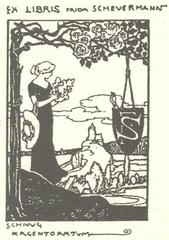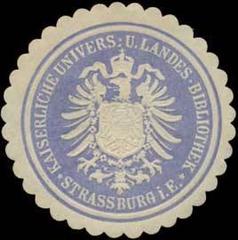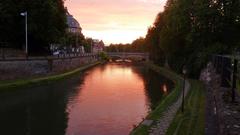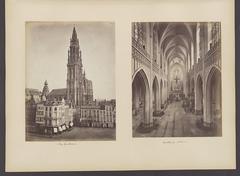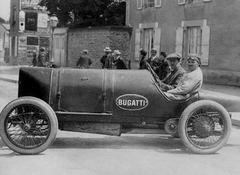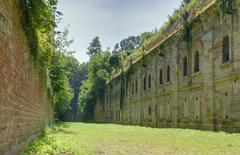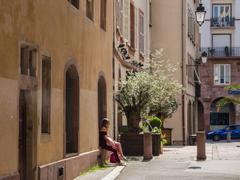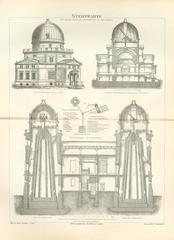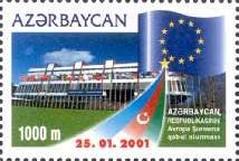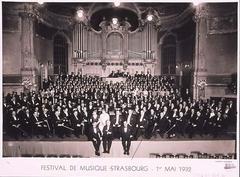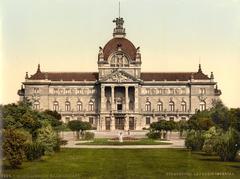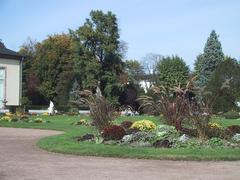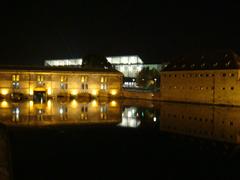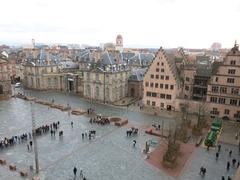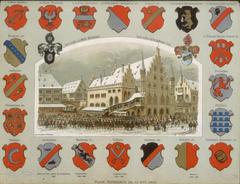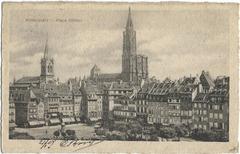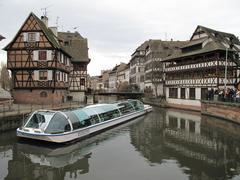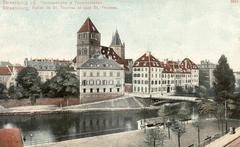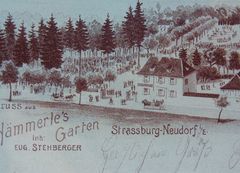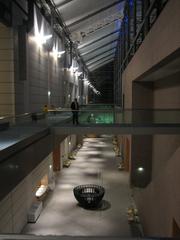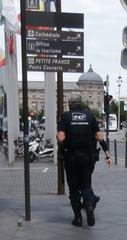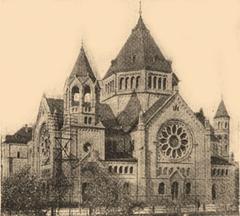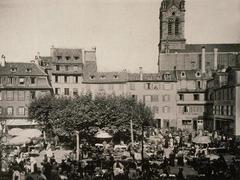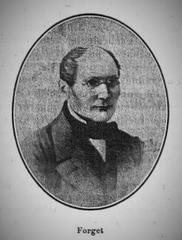
Visiting the Stolperstein for Jacques Knecht in Strasbourg, France: Guide and Tips
Date: 03/07/2025
Introduction
The Stolperstein dedicated to Jacques Knecht in Strasbourg is a deeply moving memorial that invites visitors to engage with the complex history of World War II and the Nazi occupation of Alsace. As a “Malgré-nous”—an Alsatian forcibly conscripted into the German Wehrmacht—Knecht’s life and sacrifice are emblematic of the region’s tragic wartime experiences and its enduring commitment to remembrance. This comprehensive guide offers historical background, practical visitor information, and recommendations to enhance your visit to this unique memorial in Strasbourg.
Table of Contents
- Introduction: Why Visit the Stolperstein for Jacques Knecht?
- Historical Background: Jacques Knecht and the “Malgré-nous”
- The Stolpersteine Project: Origins and Significance
- Visiting the Jacques Knecht Stolperstein
- Frequently Asked Questions (FAQ)
- Conclusion and Further Resources
- References
Why Visit the Stolperstein for Jacques Knecht?
Stolpersteine, or “stumbling stones,” are brass plaques set into pavements across Europe to honor individuals persecuted by the Nazis. Visiting these stones in Strasbourg offers a tangible connection to personal stories of loss, resistance, and memory. The Jacques Knecht Stolperstein—France’s first honoring a “Malgré-nous”—is particularly significant for its recognition of those who were compelled to serve the Nazi regime and yet chose acts of resistance. The memorial is a powerful site for reflection, education, and commemoration (Stolpersteine.eu FAQ; Wikipedia: Stolperstein).
Historical Background: Jacques Knecht and the “Malgré-nous”
Early Life and Forced Conscription
Born on November 11, 1924, in Strasbourg, Jacques Knecht was raised in a region marked by Franco-German tensions. Following the Nazi annexation of Alsace in 1940, thousands of young Alsatians were forcibly drafted into the German army—a policy known as “Malgré-nous” (“in spite of ourselves”) (Maitron Fusillés).
Wartime Experience and Resistance
Drafted into the Wehrmacht in 1943, Jacques served on the Eastern Front, where he was wounded. Later posted as a translator in southern France, he covertly assisted the French Resistance. In April 1944, he deserted the Wehrmacht, joining the Francs-tireurs et partisans (FTP) under the codename “Jackie” (Wikipedia: Jacques Knecht). He was captured during combat, tried in Germany, and executed in February 1945 for desertion and espionage (Maitron Fusillés).
Posthumous Legacy
Knecht’s remains were returned to Strasbourg in 1950, and he was honored with the Croix de Guerre and Médaille de la Résistance. His story symbolizes the courage and moral dilemmas faced by conscripted Alsatians (Maitron Fusillés).
The Stolpersteine Project: Origins and Significance
Initiated in 1992 by German artist Gunter Demnig, Stolpersteine are the world’s largest decentralized memorial to victims of Nazi persecution. Each 10-cm brass plaque is engraved with a victim’s name, birthdate, fate, and, if known, date and place of death. The project’s purpose is to return individual stories to public spaces, ensuring that victims are remembered not as statistics but as people (Stolpersteine.eu FAQ).
Strasbourg’s Stolpersteine installations—coordinated by the association Stolpersteine 67—honor Jews, political prisoners, resistance fighters, and now, for the first time, “Malgré-nous” victims like Jacques and René Knecht (France 3).
Visiting the Jacques Knecht Stolperstein
Location and Access
- Address: The Stolperstein for Jacques Knecht is located in the Robertsau district of Strasbourg, embedded in the pavement in front of the Knecht family’s former home (Wikipedia: Jacques Knecht; Stolpersteine Strasbourg List).
- How to Get There: Accessible via Strasbourg’s public transport (tram and bus to Robertsau), or by a pleasant walk or bike ride from the city center.
- Accessibility: The memorial is flush with the pavement and accessible to wheelchair users, though sidewalks may be narrow.
Visiting Hours and Tickets
- Hours: Open 24/7; no restrictions.
- Admission: Free; no tickets required.
Etiquette and Practical Tips
- Pause to read the inscription and reflect.
- It is customary to leave a small stone or flower as a sign of respect.
- Maintain a quiet, respectful demeanor—this is a site of memory, not a tourist attraction.
- If the stone is dirty, gently clean it with a soft cloth.
Nearby Memorials and Attractions
- Robertsau Cemetery: Jacques Knecht’s grave and additional WWII memorials.
- Rue Jacques et René Knecht: A street named in honor of the brothers (Wikipedia: Jacques Knecht).
- Other Stolpersteine: Several are located throughout Strasbourg; maps are available from local tourism offices and Stolpersteine 67.
- Museums: The Alsace-Moselle Memorial in Schirmeck and the Strasbourg Historical Museum provide broader context.
Frequently Asked Questions (FAQ)
Where is the Stolperstein located?
In front of the Knecht family home in the Robertsau district; see Stolpersteine Strasbourg List for the exact address.
Do I need a ticket to visit?
No; it is a public memorial and free to visit at any time.
Is the memorial accessible for people with disabilities?
Yes, though sidewalks may be narrow in some areas.
Are guided tours available?
Some local organizations offer tours focused on WWII history and the Stolpersteine. Inquire at the Strasbourg Tourist Office or with Stolpersteine 67.
How can I learn more about Jacques Knecht and the “Malgré-nous”?
Consult the Maitron Fusillés website and local museums. The book Malgré nous! Les Alsaciens et les Mosellans dans l’enfer de l’incorporation de force by Nicolas Mengus & André Hugel is also recommended.
Conclusion: Remembrance and Further Exploration
The Stolperstein for Jacques Knecht stands as a powerful reminder of individual courage and the complex realities faced by Alsatians during WWII. Its presence in Strasbourg’s Robertsau district is a testament to the enduring importance of remembrance and the value of personal stories in understanding history. Visitors are encouraged to explore related memorials, attend local remembrance events, and support ongoing efforts to preserve and share these vital memories (France 3; Stolpersteine.eu).
For an enriched experience, download the Audiala app for guided audio tours of Strasbourg’s historical sites, including the Stolpersteine, and follow local organizations for updates on events and new installations.
References
- Stolpersteine.eu FAQ
- Wikipedia: Stolperstein
- Maitron Fusillés: Jacques Knecht
- France 3 Grand Est
- Enjoy Strasbourg
- Wikipedia: Jacques Knecht
Images and interactive maps are recommended to enhance your visit. For further information, consult local tourism offices or the official Stolpersteine websites.


